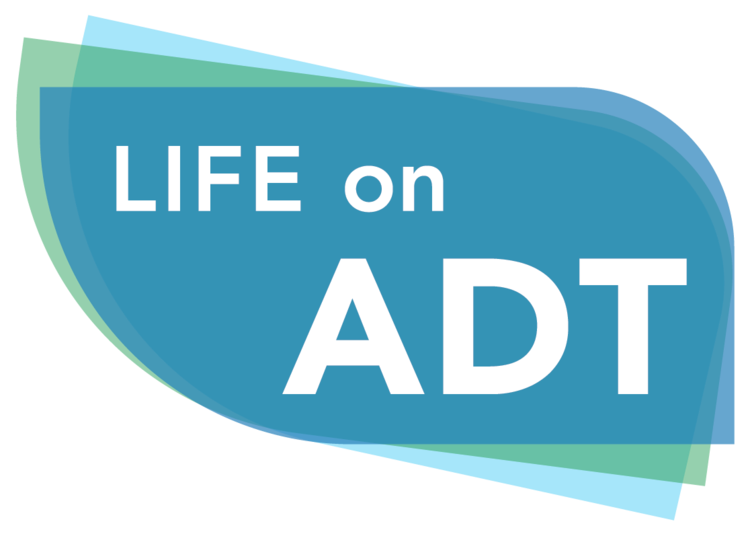That question comes up often. Although there have been dozens of papers published on the value of exercise for men on ADT, you would think we would know by now the best way to exercise. We still don’t have a simple answer, but a couple of new papers help refine the question.
One paper, which is a review from the Netherlands, looked at the value of resistance training for men on ADT. It endorsed what we already knew; i.e., that resistance training helps maintain muscle strength for men on ADT. The paper ends with a firm conclusion that exercise programs involving resistance training should be part of healthcare for any patients going out ADT for any length of time. That paper, however, does not address the question of how to fund such programs on an on-going basis, which is something of a concern since good resistance training programs typically require access to a gym and staff that can show men how to do the exercises safely.
That leads to the second paper, which is from Canada. The researchers there compared individual home-based versus supervised group exercises programs for prostate cancer patients on ADT. That study was a randomized control trial to see whether an individual home-based program was inferior to a group exercise program.
By way of background, there are already several studies showing that group exercise programs provide a social environment that helps encourage cancer patients to stay with the activity even after the research is completed. That typically favors group exercise programs over individual home programs.
The Canadian study had 13 co-authors that included some of the top kinesiology researchers in Canada who work with cancer patients as well as some of the top physicians that study the quality of life of prostate cancer patients. They found that there was a 30% probability that a home program was not inferior to a group program…at least in terms of helping reduce fatigue for men and maintaining good function. The study included a cost analysis that showed that a home program was more cost effective than a group program since patients exercising at home did not have to spend time or money traveling to a gym.
However, this study had some major problems that are common to many studies that involve lifestyle intervention for prostate cancer patients. One is that it is hard to accrue patients to such studies when they are randomized trials. As result, the sample size was only 20 men in the one group and 18 in the other. That is simply too small a sample to draw any strong conclusions.
There are also some sociological issues that were not addressed. Typically, patients who are willing to join an exercise research study, can afford a membership in a gym, where they can exercise with others. Although a home program may be cheaper, patients who have fewer financial resources rarely participate in lifestyle research studies. The authors present no evidence that saving money is an effective incentive to get more prostate cancer patients to exercise.
References:
Houben LHP, Overkamp M, VAN Kraaij P, Trommelen J, VAN Roermund JGH, DE Vries P, DE Laet K, VAN DER Meer S, Mikkelsen UR, Verdijk LB, VAN Loon LJC, Beijer S, Beelen M. Resistance Exercise Training Increases Muscle Mass and Strength in Prostate Cancer Patients on Androgen Deprivation Therapy. Med Sci Sports Exerc. 2023 Apr 1;55(4):614-624. doi: 10.1249/MSS.0000000000003095. Epub 2022 Dec 14. PMID: 36534950; PMCID: PMC9997646.
Alibhai SMH, Papadopoulos E, Mina DS, Ritvo P, Tomlinson G, Sabiston CM, Durbano S, Bremner KE, Chiarotto J, Matthew A, Warde P, O'Neill M, Culos-Reed SN. Home-based versus supervised group exercise in men with prostate cancer on androgen deprivation therapy: A randomized controlled trial and economic analysis. J Geriatr Oncol. 2024 Jan;15(1):101646. doi: 10.1016/j.jgo.2023.101646. Epub 2023 Nov 15. PMID: 37976654.
